Austin Pomegranate – 3 Gallon Pot
$73.85 Original price was: $73.85.$51.70Current price is: $51.70.
SKU: D2LSC 3144865369 Categories: FRUIT TREES & PLANTS, PLANTS & TREES
- Shop with ease, buy with confidence.
- Safe and Secure Payments, Always
- Prompt service, every time.
- Fast, friendly, always here to help.

‘Austin’ Pomegranate
Punica granatum ‘Austin’
NOTE: As with all of our other plants and trees, all of our fruit plants are grown in containers outdoors so they are fully rooted and landscape-ready upon arrival.
Plant Details
USDA Plant Hardiness Zones: 7b-11 Find Your Zone
Chilling Hours: None Required Learn more here
Ripens: Summer
Pollinators: Not Required though two plants enhance pollination
Plant Type: Deciduous Fruit Bush or Tree
Height at Maturity: 8-12′
Width at Maturity: 8-12′
Growth Habit / Form: Rounded, Upright
Growth Rate: Moderate to Fast
Flower Color: Orange
Flowering Period: Spring
Foliage Color: Green
Fruit Color: Pinkish Red
Fruit Size: Large
Fruit Taste: Sweet, Slightly Tart
Fruit Size: Large
Fruit Taste: Sweet, Slightly Tart
Ripening Period: Late Summer
Sun Needs: Full to Mostly Sun
Water Needs: Average, low when established
Soil Type: Clay (amend heavy clay soil to ensure good drainage), Loam, Silt, Sand
Soil Moisture / Drainage: Moist But Well Drained; Drought tolerant when established but prefers moist soil when fruit is present
Soil pH: 5.5 – 7.0
Maintenance / Care: Low
Description
Originally from Syria but first introduced in Auston, Texas, the ‘Austin’ Pomegranate is rapidly gaining popularity for its very large fruits, one pound or more in size, and its plentiful, sweet, lightly tart juice with superior flavor and packed with antioxidants. In spring, bright orange flowers are a bonus followed by the pinkish red fruits that ripen in late summer to early fall. Pomegranates are self-fertile, meaning you only have to plant one to get fruit, but two plants can help increase pollination and fruit production. A vigorous grower up to 12 feet tall that serves as an excellent and easy-to-grow large shrub or small tree for the home orchard or edible landscape.
NOTE: As with all of our other plants and trees, all of our fruit plants are grown in containers outdoors so they are fully rooted and landscape-ready upon arrival.
Landscape & Garden Uses
Growing up to 12 feet tall and wide with a naturally rounded shape, the Austin Pomegranate can be grown as a large shrub or lower branches can be removed to form an attractive small tree. Its electric-orange flowers, red fruits, and attractive foliage make it ideal for use as a specimen or in groupings in the ornamental landscape or home orchard. A fine addition to food gardens, tropical look gardens, red theme gardens and cottage gardens.
Suggested Spacing: 14 feet or more for space between plants
Growing Preferences
When planted right, and in the right spot Pomegranates are very easy to grow.
Soil Preferences: Though pomegranates will tolerate most any type of average garden soil, as with most other fruit trees, Pomegranate grow best in a deep, loam soil rich in organic matter. Constantly soggy or wet soil can be problematic. So make sure to plant in a well-drained site. Brief periods of flooding won’t cause problems provided the soil is well-draining. If you live in an area that can experience long rainy periods it’s best to plant Pomegranate on raised beds or mounds. The soil pH tolerance for Pomegranate is wide as well. They will grow in moderately acid to moderately alkaline soils that range from 4.5 to 8.2 on the pH scale, so pH usually isn’t a concern.
Sun Preferences: The best and most pomegranate fruits will be produced when plants are growing in full sun. However, pomegranate plants that receive a little shade during the hottest part of summer days will still produce good crops.
PLEASE NOTE
The USDA Plant Hardiness Zones are the standard by which gardeners and growers can determine which plants are most likely to thrive at a specific geographic location. The zones are based on the average annual minimum winter temperature, divided into 10 degree F zones. That said, we never know what Mother Nature may or may not decide to do in a given winter. Therefore, in USDA Zone 7b, we suggest providing some winter protection for your Austin Pomegranate tree when temperatures drop below 10 degrees F . A 3 to 4 inch layer of mulch will help protect the roots during winter. Mulch can be thinned to 1 to 2 inches when temperatures warm in spring. Planting your Pomegranate on the east side of a home or in a location where it will be sheltered from north and western winds will also help to provide extra protection during the cool season.
For more helpful tips see: How To Protect Plants From Cold Weather
Helpful Articles
Click on a link below to get helpful advice from our experts on how to plant and care for Pomegranate bushes or trees.
How To Plant A Pomegranate Bush Or Tree
How To Prune A Pomegranate Bush Or Tree
How To Fertilize & Water A Pomegranate Bush Or Tree
How To Make A Pomegranate Tree To Produce More Fruit
Plant Long & Prosper!
Meet The Wilson Brothers & Staff
Questions? Contact Us!
I am very pleased with the condition of this tree. The shipping was fast Your company was easy to deal with I loved the information about this variety of pomegranate I am excited to see how this tree will grow and produce. Sara—————————————————We are so glad you are pleased and we hope you enjoy it for years to come! Thanks for the kind words and great review! 🙂 Beth Steele | WBG
Be the first to review “Austin Pomegranate – 3 Gallon Pot” Cancel reply
Related products
Sale!
PLANTS & TREES
Little Gem Dwarf Southern Magnolia – 3 Gallon Pot (1.5-2.5′)
Sale!
NATIVE PLANTS
Sale!
PLANTS & TREES
Sale!
PLANTS & TREES
Sale!
FRUIT TREES & PLANTS
Sale!
Sale!
JAPANESE MAPLE TREES
Crimson Queen Dwarf Japanese Maple (High Graft Tree Form) – 2 Gallon Pot
Sale!
PLANTS & TREES






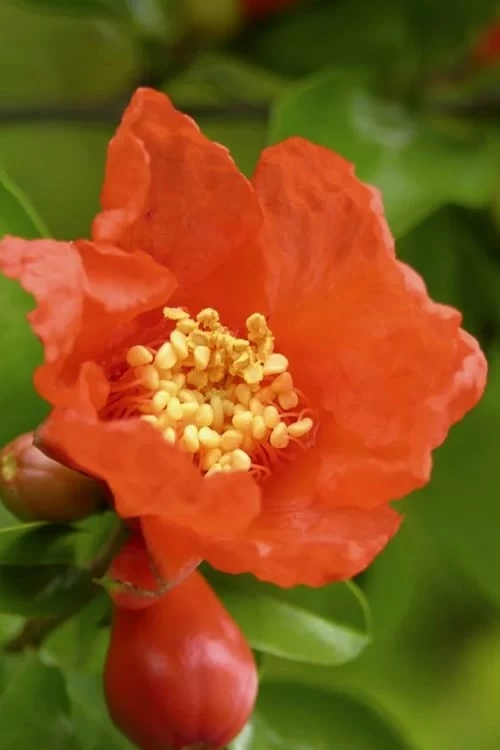

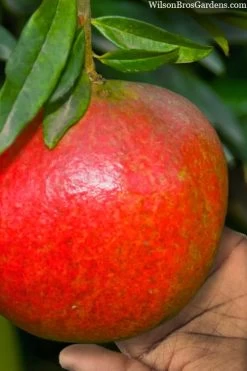
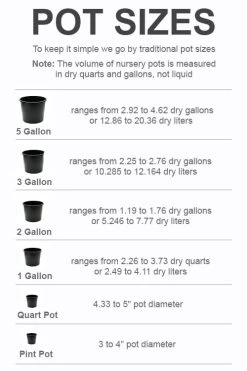



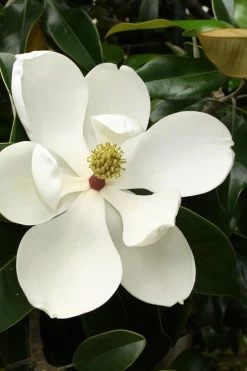

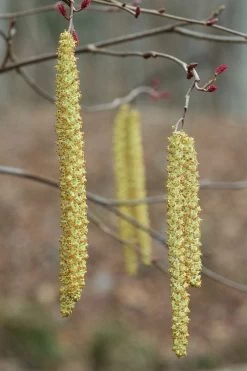
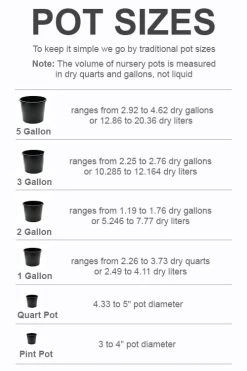



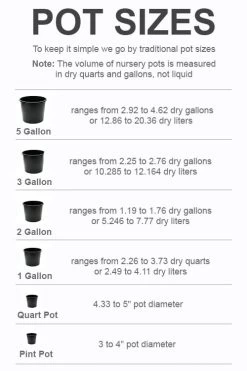
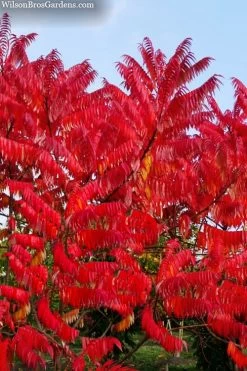



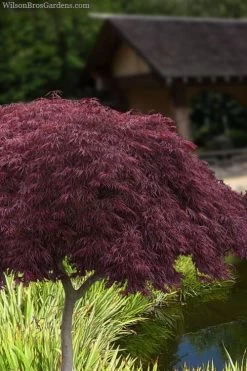
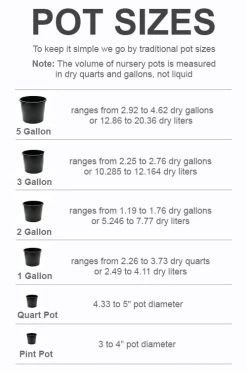
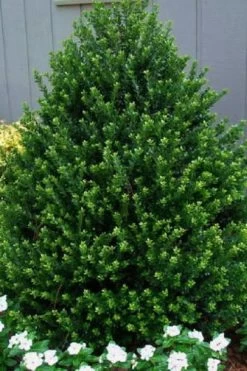
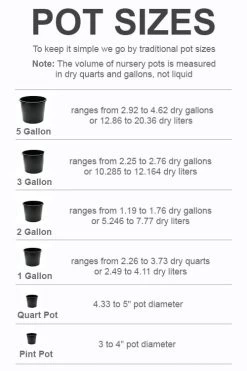
Reviews
There are no reviews yet.